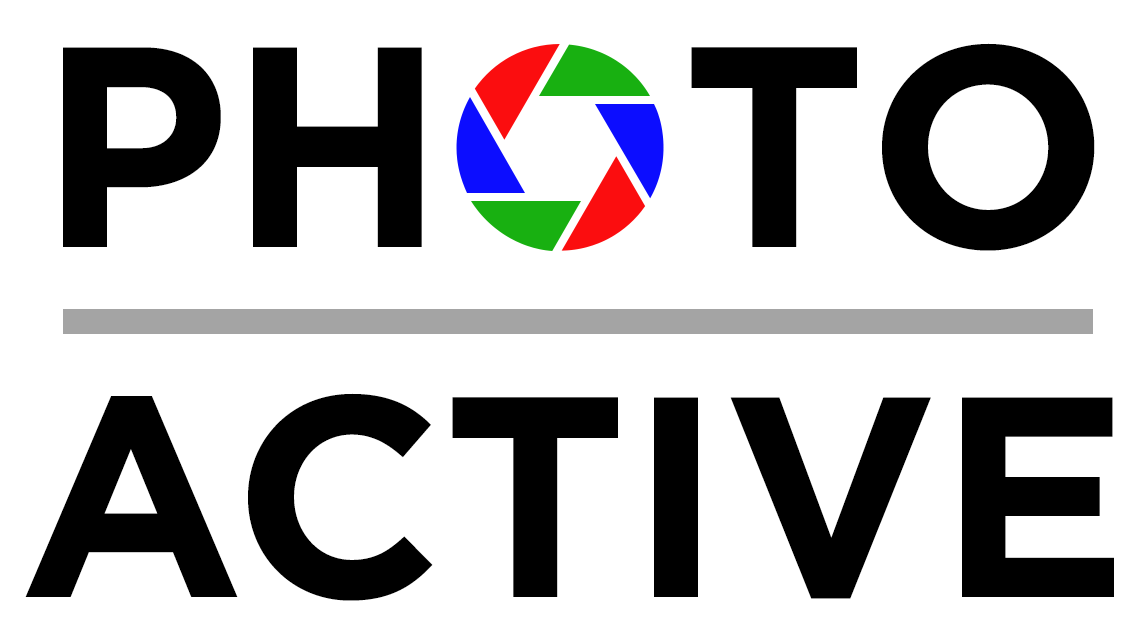It’s the night before you leave for vacation and you need to choose which camera gear goes and stays. Do you reach for the 300mm telephoto, knowing it can get great photos but is large and bulky? Or do you take the smallest camera you can carry to ensure you have it with you at all times? And what else needs to come along? In this episode, Jeff and Kirk think about being on vacation, equipment they’ve taken on past trips, and what they would take now.
Episode 188: WWDC 2025
Apple’s Worldwide Developers Conference is always the first glimpse at what we can look forward to with new Apple software, including a peek at the photo capabilities of the next iPhones. And with iOS 26 and the Liquid Glass interface, things are going to look a lot different in the fall.
Episode 187: Checking In on AI in Photography
We know, it seems like we just talked about AI in photography, but the field is moving pretty fast. Google announced improvements to their generative AI models, which are both impressive and sloppy at the same time. We also look at new AI-based landscape masking tools in Lightroom, speculate on what WWDC could bring to Apple’s Photo app, and more.
Episode 186: A Surrender: Markus Naarttijärvi and Daniel Agee
It’s another photo book! We’re joined by photographer Markus Naarttijärvi and publisher Daniel Agee to talk about Markus’s new book A Surrender. When we last talked to Daniel, he was at photo service Glass, but now he’s struck out on his own to form the publishing company Good Fight, and A Surrender is the first title.
Episode 185: Quintin Lake’s Book The Perimeter
Quintin Lake traversed the Coast of Britain over several years, photographing and documenting the journey. Now, he’s turned his well-received project into a new photo book called The Perimeter. We welcome Quintin back to PhotoActive not just as a guest, but as an in-person guest with Kirk in his house in the UK.
Episode 184: US Tariffs and Camera Gear
The US government has begun to impose high tariffs on goods brought in from nearly every country in the world. Since most camera gear is made in Japan and China, what does this mean for the industry and, more important, for your own purchasing decisions? Since the policies are changing by the day, we decided to release this episode a week early.
Episode 183: Fujifilm GFX100RF, A Medium Format Walking Around Camera
With the bonkers success of the Fujifilm X100VI, it seemed only a matter of time before Fuji made a compact camera based around its GFX medium format line. That’s the recently-announced GFX100RF, a new compact-ish, 100 megapixel, fixed-lens, $5,000 camera. We look at the inventions and the tradeoffs incorporated into this high-res entrant into the compact field.
Episode 182: Photoshop on iPhone
Adobe has released Photoshop for iPhone, a bonafide version of real Photoshop, not to be confused with Photoshop Express or other earlier variations. We take a look at this new app with one main question in our minds: Who is this for?
A programming note: Toward the end of the episode we talk about using the Remove tool in Photoshop and Lightroom, but Jeff forgot to take screenshots. When he tried to reproduce the same actions later, he didn’t get the same results as described while we were doing it. So we apologize that we don’t have visuals to accompany what we’re describing.
Episode 181: Leica Lux Grip and App for iPhone
Two episodes ago Jeff expressed cynicism about iPhone add-ons that try to make the phone more like a traditional camera. And yet here we are looking at Kirk’s new Leica LUX Grip accessory...and not hating it? Learn about why this could be the camera grip for the iPhone that succeeds where others falter, and how the Leica LUX app does some very smart things in the name of photography.
Episode 180: David Young’s Brief History of Photography
On this week’s episode we welcome David Young, photographer and author of the new book A Brief History of Photography: From the Very Beginning to the Age of Digital. It may feel like photography is only a little more than a hundred years old, but the principles of the art, from lens design to chemistry, have been around for centuries. We had a great conversation about things that surprised David while researching the book, the long obsession with ultra-wide apertures, and more.
Episode 179: iPhone Camera Accessories
Photographers love to accessorize their cameras, and the iPhone is no different. A case is one thing, but what about other photo-centric add-ons? Should you buy an extra-wide or telephoto lens that snaps in front of the built-in cameras? What about grips and shutter buttons that make the iPhone feel more like a traditional camera? We weigh in with our opinions and experiences with these types of embellishments. (And Jeff accidentally uses the B-word.)
Episode 178: Photographing the LA Fires
The recent devastating fires in Los Angeles have created a lot of fire photography, and some of it compelling both for its content and its artistry. We talk about the challenges of photographing such extreme situations.
Episode 177: AI in Photography in 2025
We’ve been looking at various AI-related photography topics in recent episodes, such as using the Clean Up feature in the Photos app to remove unwanted items or the bigger question of “What is a photo?” Now it’s time to look broadly at what AI can offer photographers and where we think it’s going.
Episode 176: Cleaning Up Libraries
As we wrap up 2024, we’re realizing our photo libraries have grown quite a bit—in Jeff’s case, almost filling his cloud storage. So as we anticipate some holiday downtime, we’re turning our attention to strategies for cleaning up our photo libraries.
Note that we’re taking the next episode off to celebrate Christmas, so our next scheduled episode is January 10, 2025. Happy holidays!
Episode 175: What Is a Photo?
Our recent discussions of AI and the Photos Clean Up tool have brought us full circle to the bigger question: What is a photo?
Episode 174: Photos Clean Up
Aimless pedestrians wandering in the background of your photo? Trash on the ground in the foreground? Apple can help. In this episode we're looking at Clean Up, the new Apple Intelligence tool in the Photos app that uses generative AI to remove areas of a photo.
Episode 173: iPhone Photo File Formats
In our quest to better understand the often-confusing changes and additions to the iPhone 16 and iPhone 16 Pro photo situation, we’ve decided to tackle the photo file formats. HEIF, ProRAW, JPEG-XL... there are a lot of options to choose from.
Episode 172: Photographic Styles on iPhone 16
The iPhone 16 and iPhone 16 Pro introduce a new twist on an existing feature, and the result is... confusion and complexity. Photographic Styles can be very powerful, but it really requires you to dig into the details.
Episode 171: iPhone 16 Pro Hands-On
Now that Kirk and Jeff have received their iPhone 16 Pros, it’s time to take them into the world and see how the new photographic features work. Is the Camera Control all it’s cracked up to be? Does a 48 megapixel ultra-wide camera make much difference? We talk about our first hands-on experiences with Apple’s new pocket cameras—sorry, mobile phones. Oh, and what about all this Apple Intelligence stuff?
Episode 170: iPhone 16 and iPhone 16 Pro
It’s that time again: new iPhones! By which we mean, of course, new Apple Cameras That Also Do Other Stuff. Kirk and Jeff are both upgrading their phones this year, largely due to the new Camera Control button but also the 48 MP (megapixel) ultra-wide camera and the new 48 MP Fusion camera that reads data fast enough to remove the shutter lag when shooting raw images. There’s a lot to discuss in this bonus-length episode!




















